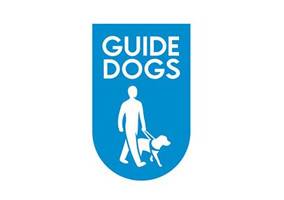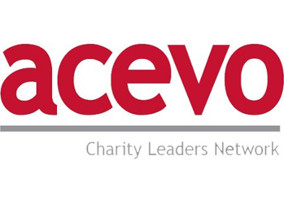There has been a fair amount of discussion over the years on what makes a good annual report, linked to both the content and overall length of the annual report. The annual report is an important milestone in a charity’s calendar that provides the opportunity for trustees to reflect at that point in time what their organisation has achieved in the previous year as well as providing a platform to outline their plans for the future. However, in doing this you need to ask yourself: “Does this document bring my organisation to life?”
You should remember that the production of an annual report is a statutory requirement and needs to be prepared in line with the Charities SORP (FRS 102). However, these requirements do not preclude trustees from providing additional information that gives the reader a better understanding of the organisation or to showcase its work.
Although the report must cover objectives and activities; achievements and performance; a financial review; and a range of other governance details such as structure; details about management; funds held and the like, it should not be viewed simply as a statutory requirement.
The report itself will have multiple audiences. These will include fellow trustees or members, existing donors and funders; staff and volunteers; the charity’s beneficiaries and also people who have an interest in what the charity does and achieves, such as the media. You will need to consider what each audience is looking to access from the report.
Put simply, the readers of an annual report want to see that the charity is well run and can understand how the money it receives is being spent. However, quite rightly more and more readers are asking about the link between expenditure and impact beyond a simple set of volume metrics. For example, with your donors, it is an opportunity to connect their funds with the impact they enable upon beneficiaries.
To do this a good annual report will not only focus on a charity’s accomplishments but will provide information in a balanced manner, openly reporting on activity that went well and also that which did not deliver as originally planned. Providing a balance along with supporting evidence that clearly demonstrates the extent the charities performance against the objectives set by its trustees and any lessons learnt shows a level of maturity and honesty to the reader.
As I noted earlier, this should not simply be the provision of a narrative based against detailed key performance indicators, although these can be used, but more about giving the reader an understanding of how the charity delivered against what it set out to do and if necessary any areas that may not have gone to plan.
The annual report should also go on to explain the trustees’ perspective of the future direction of the charity and outline plans for the future. It should explain, where relevant, how experience gained or lessons learned from past or current activities have influenced future plans and decisions about allocating resources to their best effect.
The more inclusive you make an annual report the more likely it will be used. The more you can do to make a report accessible and easy for people to understand the better. Think about adding diagrams and pictures where relevant, if it helps explain an activity. The use of case studies from beneficiaries can bring a charity’s activities to life more than a set of KPIs.
As the Charity Commission states: “The annual report need not be lengthy. A good annual report explains the charity’s aims and how it is going about achieving them. It meets all the legal requirements and provides a balanced view of the charity’s structure, aims, objectives, activities and performance. Importantly, it brings the charity to life and for those charities that rely on voluntary income as their primary source of funding provides donors with the opportunity to understand how their money was spent and the difference it has made.”
Overall, whether you decide a ten or eighty page annual report is right for your charity’s audience, you should always ask yourself: “What have we done? Why have we done it? And what was the impact?” If your report clearly answers those questions then I think you will be on to a winner!
Paul Taylor is finance director at NSPCC
Related articles
|












